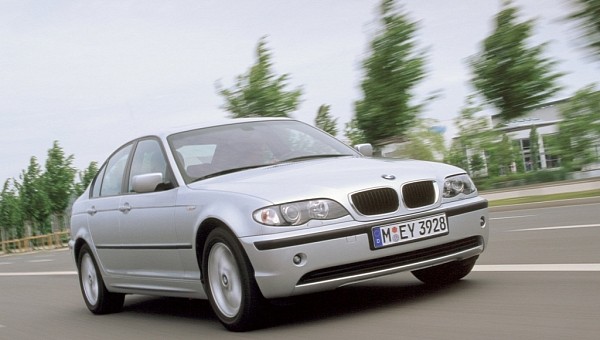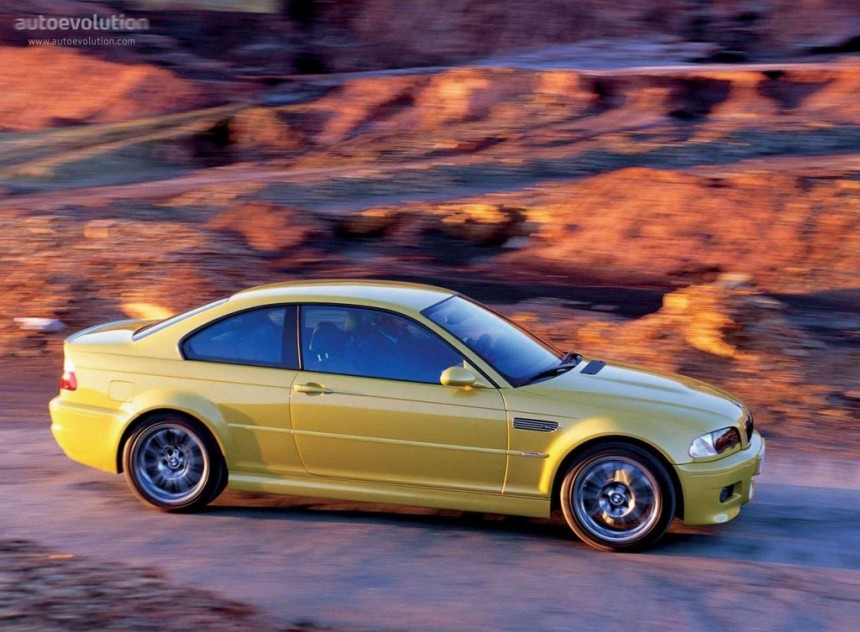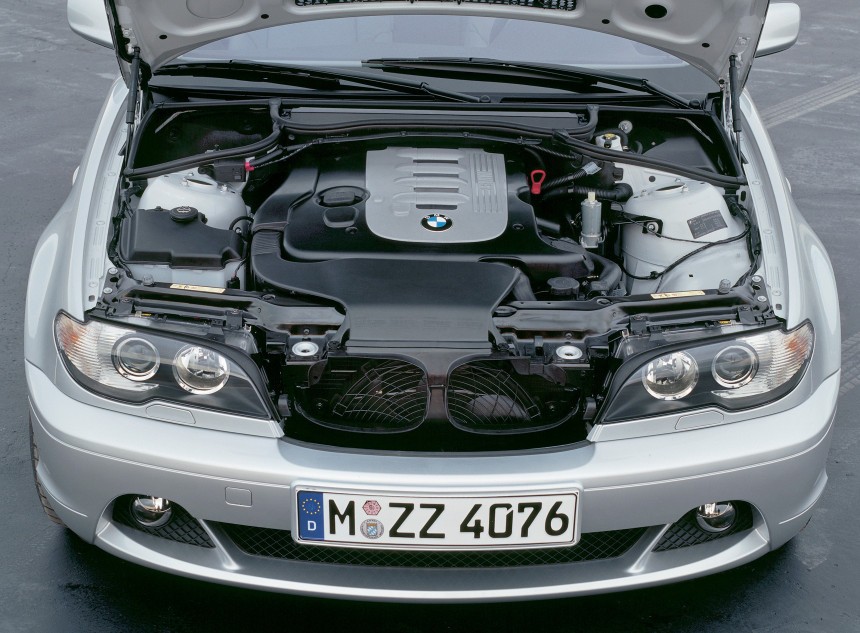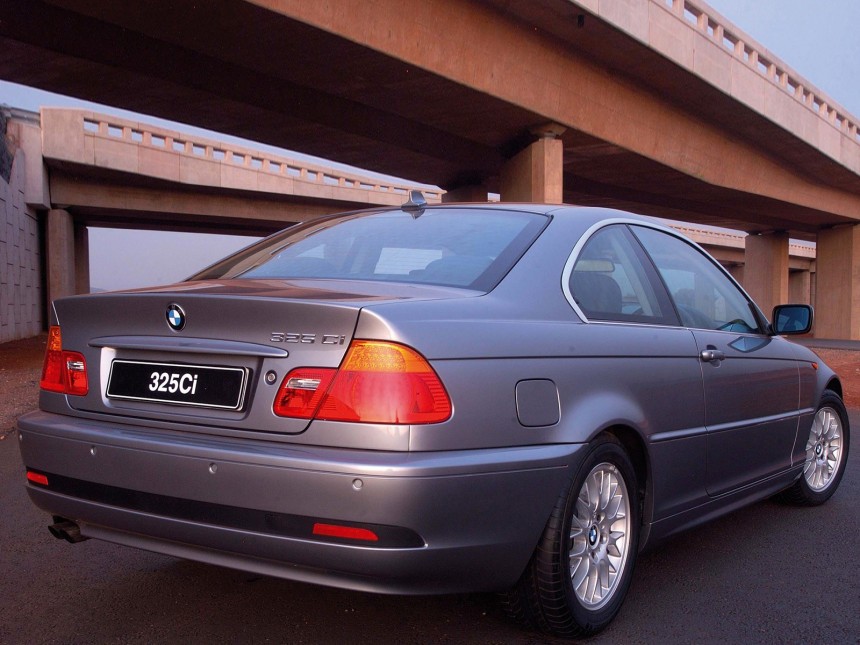With the fourth generation of the 3 Series, BMW succeeded in offering a nimble car and one of the most reliable Bimmers ever. However, since the production of these vehicles stopped in 2005, some can be found for lunch money.
Some people know the E46 from the Need For Speed Most Wanted video game, while others saw it on the streets or in some older movies. Its simplicity, straightforward design, and trustworthy mechanical parts might attract you. If that's the case, then this article is for you. We gathered some specific information and tips to avoid potential problems.
As a rule of thumb, buy it cheap and invest later, or buy it expensive, but have the car checked from tip to toe and bumper to bumper. Leave no stone (hmm... I mean bolt) unverified. Some problems might be easier to spot, while others will become visible only after driving the car for a while.
One of the annoying problems with the E46 models is the window regulators. Roll up and down the windows. If you hear a clicking noise, be prepared to replace them. Either the regulator or the entire assembly might need to be replaced. That's not cheap, though; expect several hundred dollars to fix that issue. Or just drive with the windows up and hope you'll never have to open them.
Check the taillights, especially for vehicles made after September 2001 'till the end of production. The ground wire is too thin and made from low-quality materials, which leads to loose contact. You either replace it with a better one or install a parallel ground connection.
With age come problems with the cooling system. Most customers didn't bother to replace the coolant every three years. Also, the water pumps tend to last about 100,000 miles (160,000 km). If you don't have proof that it was replaced, change it anyway, regardless of the car's engine type. Worth replacing all the hoses, the thermostat, and, probably, the radiator. Since all E46 engines feature aluminum cylinder heads, from the moment you'll notice that the water gauge is on the red until plastic deformation appears is only a matter of (very short) time.
Oil leaks are expected for most old vehicles. However, sometimes it's difficult to find where it drips. To be sure, replace the gasket from the cylinder head cover and the oil pan. There's also a sealing between the engine and the oil filter housing, not the regular O-ring that comes with every new filter. Dig there, and you'll see it.
The best advice for the gearboxes would be to avoid automatic transmissions. There were two types, made by GM or by ZF. The American ones are more reliable and cheaper to fix. The German ones can become a money pit in no time. The manual boxes, on the other hand, are bulletproof. Still, you need to take into account a clutch assembly.
The rear axle assembly was one of the most expensive repairs for these Bimmers. While it was the most advanced on the market, it was unreliable, and the subframe tended to crack. In addition, the rear shock mounts were also affected by the same issue. That problem was solved on models after 2004, so most likely, you might bump into this problem. And it's serious! You need to replace the entire subframe.
As for the engine, apart from the expensive M3, the best choice is the 330i version fitted with the famous M54 powerplant. The 323i might be a good option since it's fuel-efficient, but lacks power on the highway. However, if you buy an E46 manual, you shouldn't go for that one. Unless you have a 3.0-liter version already waiting in your garage.
The 325i (2.5-liter displacement) was a bad option since it was less fuel-efficient than its bigger, much more modern sibling. Still, it's a good starting point. In California, BMW sold a specific engine with the M56 code. That carried over a lot of additional parts to meet the SULEV standards, and each of them tended to fail. So a good piece of advice would be to stay away from them.
One of the crucial components of these cars' engines is the VANOS system (also known as BMW's VTEC), which relies on a complicated system that involves solenoids, helical gears, and oil pressure to adjust the camshafts. You may see if it works or not with the help of a diagnostic tool. Remember that the entire assembly is not cheap, so look for parts price before purchasing the car.
Last, but not least, check the DISA valve. That's a flap installed in the manifold that controls the airflow. Over time, its mechanical components tend to wear and start to work incorrectly. If you're lucky, only the valve needs to be replaced, along with its seal. But check that, and maybe it was already fixed.
Of course, some more issues might make your life miserable, but that's the case with any car, not just E46 BMWs. The ones we pointed out tend to be extremely common and will cost you a lot of money, so you should keep an eye out for them.
The basic rules are: replace all the fluids, change all the hoses and transmission belts, and replace the gaskets from the cylinder head cover and the oil pan. Make a list, see how much repairs will cost, and see if it is worth it. The best all-around E46 vehicle is the 330i manual, while the most sought-after is the mighty M3.
As a rule of thumb, buy it cheap and invest later, or buy it expensive, but have the car checked from tip to toe and bumper to bumper. Leave no stone (hmm... I mean bolt) unverified. Some problems might be easier to spot, while others will become visible only after driving the car for a while.
Check the taillights, especially for vehicles made after September 2001 'till the end of production. The ground wire is too thin and made from low-quality materials, which leads to loose contact. You either replace it with a better one or install a parallel ground connection.
With age come problems with the cooling system. Most customers didn't bother to replace the coolant every three years. Also, the water pumps tend to last about 100,000 miles (160,000 km). If you don't have proof that it was replaced, change it anyway, regardless of the car's engine type. Worth replacing all the hoses, the thermostat, and, probably, the radiator. Since all E46 engines feature aluminum cylinder heads, from the moment you'll notice that the water gauge is on the red until plastic deformation appears is only a matter of (very short) time.
Oil leaks are expected for most old vehicles. However, sometimes it's difficult to find where it drips. To be sure, replace the gasket from the cylinder head cover and the oil pan. There's also a sealing between the engine and the oil filter housing, not the regular O-ring that comes with every new filter. Dig there, and you'll see it.
The rear axle assembly was one of the most expensive repairs for these Bimmers. While it was the most advanced on the market, it was unreliable, and the subframe tended to crack. In addition, the rear shock mounts were also affected by the same issue. That problem was solved on models after 2004, so most likely, you might bump into this problem. And it's serious! You need to replace the entire subframe.
As for the engine, apart from the expensive M3, the best choice is the 330i version fitted with the famous M54 powerplant. The 323i might be a good option since it's fuel-efficient, but lacks power on the highway. However, if you buy an E46 manual, you shouldn't go for that one. Unless you have a 3.0-liter version already waiting in your garage.
The 325i (2.5-liter displacement) was a bad option since it was less fuel-efficient than its bigger, much more modern sibling. Still, it's a good starting point. In California, BMW sold a specific engine with the M56 code. That carried over a lot of additional parts to meet the SULEV standards, and each of them tended to fail. So a good piece of advice would be to stay away from them.
One of the crucial components of these cars' engines is the VANOS system (also known as BMW's VTEC), which relies on a complicated system that involves solenoids, helical gears, and oil pressure to adjust the camshafts. You may see if it works or not with the help of a diagnostic tool. Remember that the entire assembly is not cheap, so look for parts price before purchasing the car.
Last, but not least, check the DISA valve. That's a flap installed in the manifold that controls the airflow. Over time, its mechanical components tend to wear and start to work incorrectly. If you're lucky, only the valve needs to be replaced, along with its seal. But check that, and maybe it was already fixed.
The basic rules are: replace all the fluids, change all the hoses and transmission belts, and replace the gaskets from the cylinder head cover and the oil pan. Make a list, see how much repairs will cost, and see if it is worth it. The best all-around E46 vehicle is the 330i manual, while the most sought-after is the mighty M3.


















